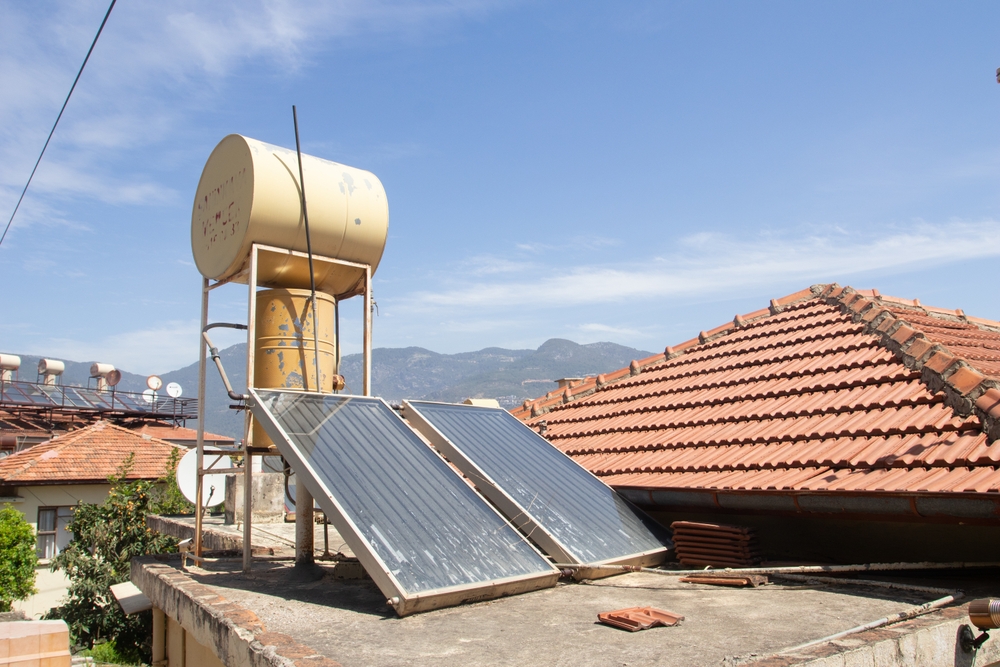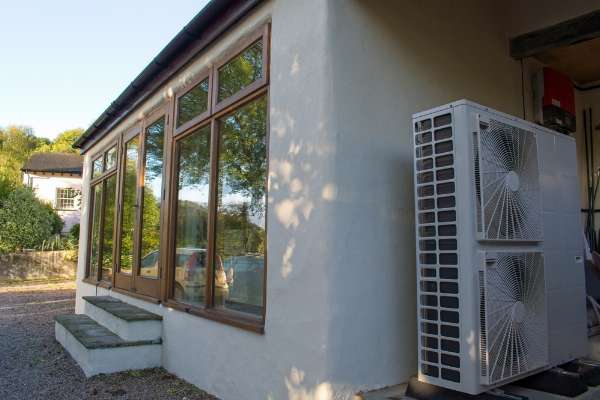Every mind is its own universe, and the same is true for every household. Everyone has unique traditions, customs, and habits, including interesting ways of powering their homes. Whether out of concern for the environment or the rising cost of gas and other utilities, people are getting more creative than usual. Here are some innovations happening across the country, ranging from the now commonplace to the very strange.
Rooftop Solar Panels
Rooftop solar panels aren’t as rare as they were a few years ago. In many new residential developments, it’s not unusual to see solar panels gracing the rooftops of newly built houses. Even older neighborhoods are seeing their fair share of solar panels pop up as residents are incentivized to invest in the technology — especially if it means skipping their electricity bill. Most people are still used to seeing shingles or clay tile adorning the roofs in our neighborhoods, however, and the change feels a bit strange.
Rooftop solar panels work by absorbing direct sunlight from the photovoltaic cells stored in the panels. The sunlight then transforms into electricity used to power your home. Different panels produce varying amounts of power (and there are other considerable factors), but the average American household needs a 20- to 30-panel system to power their home year-round. It’s important to note that you can harvest solar power only while the sun is out, but you can store solar energy for future use in an electric battery tank.
Solar Water Heating

Similar to rooftop solar panels, solar water heating is another renewable energy source people use to power their homes. The devices can be easily installed — they’re easier to install than solar panels — and they use the sun’s rays to heat a reserve of water, which your faucets, shower heads, or radiators can then use.
Also known as solar domestic hot water systems, a solar water heater is a great way to generate affordable hot water for your home. As with most of the technology listed here, you should consult your local zoning code and other safety requirements before installing anything.
Like regular water heaters, solar water heaters can be low maintenance and don’t require much attention. Routine maintenance on a simple solar system can be done as infrequently as every five years or so, giving you both peace of mind and financial security.
Complete your modern, low-maintenance home with a smart doorbell and other futuristic gadgets.
Wind Turbines
You’re used to seeing wind turbines while on a road trip in the middle of nowhere, but you may be surprised that you can install one in your backyard — assuming you have the space. Domestic wind turbines are considerably smaller than the models out in the wild, but they still require a bit of real estate. If you’re worried about the noise, rest assured that the sound they emit is minimal, so don’t pick a fight with your neighbor if you see them installing one.
You’re probably wondering how these devices turn wind into electricity. Wind turbines rely on wind to turn their propeller-like blades around a rotor, which in turn spins a generator to create power. Despite what you may have heard, wind turbines are mostly harmless and easy to maintain. The big caveat, however, is that they cannot generate electricity without wind.
Microhydropower Systems
You’ve probably heard of hydropower, also known as water power. This method of energy conversion consists of using moving water to generate electricity, and it currently makes up the bulk of our renewable energy. This source of energy is typically harnessed at dams and other structures situated near large bodies of water, but you can tap into hydropower from your own home as long as you have a running stream on your property.
A microhydropower system can be used to power your home. Flowing water will pass through a turbine that, as it spins, will create electricity, which you can then use for a wide range of purposes. One advantage of using this technology is that it can be more reliable than systems that require sunlight or air to produce power — at least until winter comes and your water freezes.
Tesla Powerwall
Tesla Powerwall is the ultimate battery and backup generator. The device charges itself by absorbing sunlight during the day, and then it stores that energy so you can use it at your convenience — during a blackout, for example, or when you want to save some money on your utility bills and avoid consumption during peak hours.
Tesla Powerwall is still developing, however, and your home can’t fully run on this alternative power source. Depending on your energy consumption and the amount of sunlight your device manages to collect, it can power your home for about a day and a half before it needs to be recharged. And, as with all Tesla products, you better hope it doesn’t catch fire.
Body Heat

The strangest way people generate power is by using their own body heat — or at least that’s what they do in Sweden. If this method sounds too outlandish, you’ll be surprised to learn it’s pretty commonplace in the Nordic country. People even participate in public events to maximize production.
Engineers in Stockholm have devised a strategy to harness body heat from the more than 250,000 commuters who travel through the city’s Central Station each day. The body heat is funneled through the station’s vent system to warm up water in underground tanks that are pumped through the heating system of a nearby office block.
Nightclubs in Scotland are also harnessing the energy from partygoers and storing it in batteries to warm up and cool down buildings as needed. The technology is still being prepared to administer in private residences, however, and you’d also need a large crowd to gather body heat for powering purposes. Still, the fact that it’s a viable method to power entire buildings makes you wonder what alternative sources of power we’ll come up with in the future.


